 |
STEM in Early Childhood (CDA 2, 3, and 8) |
3.00 |
STEM is an intentional, integrative approach to teaching and learning that can occur across all knowledge areas; it is not a specific curriculum. The STEM approach focuses on providing opportunities for students to explore and develop a comprehensive set of concepts, competencies, and thinking skills. STEM competencies include a vocabulary rich in the language of science, technology, engineering and math—words like hypothesis, gravity, buoyant, balance, temperature, and battery. STEM competencies also include basic principles of engineering, like problem-solving and planning; of science, like experimentation and observation; of technology, like using tools to complete both a task and solve real world problems; and of math by recognizing that basic principles of math are part of everyday activities, like comparing and contrasting, counting, and dividing a whole to create equal parts.
This course is also designed to be part of a Child Development Associate (CDA) Credential™ curriculum. It covers Subject Area 2: Advancing Children’s Physical and Intellectual Development, Subject Area 3: Supporting Children’s Social and Emotional Development and Subject Area 8: Understanding Principles of Child Development and Learning. |
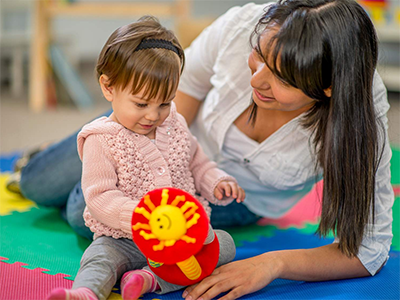 |
Infectious Diseases in Early Childhood (CDA 1) |
3.00 |
An infectious disease is an illness that is caused by organisms such as bacteria, viruses, fungi, and parasites. Many of these organisms live in or on our bodies, and are normally harmless. But under certain circumstances, they can cause disease. This course is also designed to be part of a Child Development Associate (CDA) Credential™ curriculum. It covers Subject Area 1: Planning a Safe, Healthy Environment to Invite Learning. |
 |
Safe Infant Sleep in Early Childhood (CDA 1 and 4) |
2.00 |
This course is focused on the American Academy of Pediatrics’ best practice recommendations for reducing the risk of Sudden Infant Death Syndrome (SIDS) and Sudden Unexpected Infant Death (SUID) and for promoting safe sleep in infant care settings as well as safe infant sleep policies, and how to communicate best practice for safe sleep with the families of infants in your care. This course is also designed to be part of a Child Development Associate (CDA) Credential™ curriculum. It covers Subject Area 1: Planning a Safe, Healthy Environment to Invite Learning and Subject Area 4: Building Productive Relationships with Families. |
 |
Habilidades del siglo XXI en la primera infancia (CDA 2, 3 y 8) (Spanish) 21st Century Skills in Early Childhood (CDA 2, 3, and 8) |
2.00 |
En este curso, identificará las habilidades que se consideran esenciales para el éxito en el siglo XXI y examinará la conexión fundamental entre estas habilidades y el aprendizaje académico. También explorará áreas clave de aprendizaje de los estándares de aprendizaje para la primera infancia (desarrollo social y emocional y enfoques para el aprendizaje a través del juego) que pueden ayudarlo a promover el desarrollo de habilidades del siglo XXI en los niños con quienes trabaja. |
 |
Una mirada crítica a los espacios de cuuidado infantil (CDA 1) (Spanish) A Critical Look at Family Child Care Spaces (CDA 1) |
2.00 |
Explore algunos elementos clave a considerar en la disposición del espacio de cuidado infantil que incluyen tipos de espacios y sus usos y la disposición de áreas de actividades en una sala para cumplir con los objetivos de su programa.
Explore some key elements to consider in child care space arrangement that include types of spaces and their uses and arranging activity areas in a room to meet the goals of your program. |
 |
Adult and Child CPR (Corrections) |
2.00 |
In this course, you will learn how to properly perform Adult and Child CPR that may someday enable you to save someone's life. |
 |
How to Escape Survival Mode |
1.00 |
Each day presents new challenges for educators in the pandemic: student attendance, staff shortages, concerned parents, and the demands of our personal lives can leave us feeling like we’re just living to get through the day (or the hour!). It’s called “survival mode.” While knowing how to live in survival mode is necessary through these times, we do not want it to become our new normal. The good news is that we can make small physical and mental adjustments each day that will keep us from being driven by the chaos of external forces. |
 |
Evaluación e implementación de un entorno de cuidado infantil seguro (CDA 1 & 5) (Spanish) Assessing and Implementing a Safe Child Care Environment (CDA 1 & 5) |
2.00 |
Cuando las familias inscriben a su hijo en un programa de cuidado infantil, confían en que los profesionales que trabajan con su hijo lo mantendrán seguro. A medida que los bebés y niños pequeños curiosos se desarrollan, su deseo de explorar presenta desafíos de seguridad únicos. Este curso guía a los profesionales que trabajan con bebés y niños pequeños para evaluar los espacios de juego, las experiencias de los niños y las prácticas actuales para maximizar la seguridad de los niños.
When families enroll their child in a child care program, they trust that the professionals working with their child will keep him safe. As curious infants and toddlers develop, their desire to explore presents unique safety challenges. This course guides professionals who work with infants and toddlers to assess play spaces, children’s experiences, and current practices to maximize children’s safety. |
 |
Constructing: Airway Essentials—Part 3 |
1.00 |
Knowing why you are doing what you are doing will almost always produce a better result. In this case, Dr. Christopher Galton explains why we ventilate at the rates and the volumes we do. This insightful discussion will offer ideas on how to use the ventilation tools that we encounter every day. Final Exam: This multiple choice exam is designed to test your knowledge of the material you just reviewed. You have two attempts to gain an 80% or higher on this exam. Please take your time and answer each question carefully. |
 |
Collaborative Protocol Update - Patella Dislocation |
0.40 |
This course is designed to be taken by all BLS and ALS providers in the MLREMS region as an addition module for the collaborative protocol update.
A score of 70% is required to pass the exam which follows. |
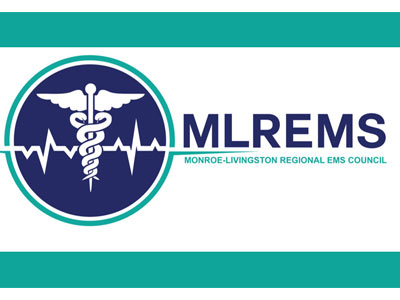 |
EMS Patient Handoffs in the Hospital |
0.50 |
|
 |
Commotio Cordis |
1.00 |
Paramedic Instructor Peter Bonadonna discusses his thoughts on Commotio Cordis in an effort to orient EMTs that are not familiar with the phenomena. |
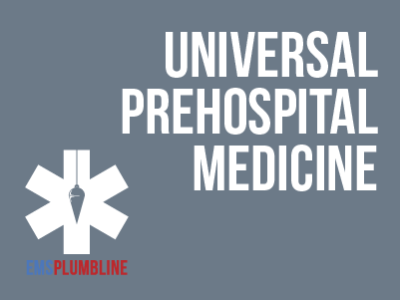 |
Pneumothorax and Hemothorax for EMTs |
1.00 |
Paramedic Instructor Peter Bonadonna discusses some of the most life threatening chest injures. |
 |
Welcome to the CypherWorx LCMS - ViaPath |
0.25 |
Welcome to the CypherWorx Learning Content Management System (LCMS). This is an online hub to learn, take courses, and earn certifications. We are excited to have you learn about all that you can do! |
 |
CompTIA A+ Certification, Core 1 - Exam 220-1101 |
24.00 |
CompTIA A+ Certification, Core 1 - Exam 220-1101 provides the basic knowledge needed to install, configure, and support computer hardware and networking equipment. This includes:
- Applying troubleshooting skills
- Installing, configuring and maintaining PCs and devices for end users
- Understanding the basics of network protocols and infrastructure
- Properly and safely diagnosing, resolving, and documenting common hardware and network issues
- Understanding the basics of virtualization, desktop imaging, and deployment.
This course maps to CompTIA A+ Core 1: Exam 220-1101. You can download an objective map for the course from www.30bird.com.
This course assumes that you have basic computer knowledge. |
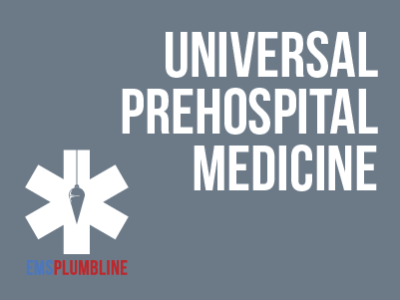 |
Mental Health - Anxiety Overview |
1.00 |
This brief overview of the topic of anxiety disorders explores the assessment and treatment that EMS providers should be familiar with. Along with the intricate evaluations that EMS providers must obtain on the patients they are caring for there is the underlying issue of evaluating ourselves. This tour of the topic will certainly offer opportunities for EMS providers to assist responders and patients alike.
Exam Description Please read each question carefully. You will have two attempts to gain a 70% or higher on this exam. If you are not successful in two attempts you are welcome to take the course again to gain the certification. Best of luck! |
 |
Climate vs. the Respiratory System |
1.00 |
This lesson briefly explores chronic respiratory illness. The benefit is we bring Meteorologist Bob Metcalfe to our discussion. You will quickly see that there are a number of things going on everyday that effect your respiratory patients that we should be aware of. Final Exam:Please read the questions carefully. You will have two attempts to obtain a 70% or higher. If you are not successful on your second attempt you are welcome to take the course again. Good luck! |
 |
Children with Special Health Care Needs: Assessments Part I |
1.00 |
This is the first lesson in a series that offers two opportunities. You have the opportunity to learn from a medical professional and the opportunity to learn from an experienced and caring mother. Listen carefully in this first lesson and consider what should be done for all medically fragile children. Final Exam: This multiple-choice exam is designed to test your knowledge of the material you just reviewed. You have two attempts to gain an 70% or higher on this exam. Please take your time and answer each question carefully. |
 |
Children with Special Health Care Needs: Assessments Part II |
1.00 |
In this second lesson of the series, another family offers their time and personal experiences. Take advantage of the information that the medical professionals and the mother of a medically fragile child offer. We believe that your assessment and treatment abilities will improve. Final Exam: This multiple choice exam is designed to test your knowledge of the material you just reviewed. You have two attempts to gain an 70% or higher on this exam. Please take your time and answer each question carefully. |
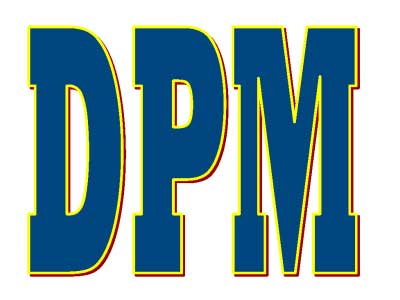 |
Effective Prehospital Patient Handoffs Between Providers |
0.50 |
Effective Prehospital Patient Handoffs Between Providers was designed to provide a common process for reporting patient information during the prehospital care process. Communication of the patient's prehospital care from all level of providers is essential in ensuring the continuation of care in a unified and effective manner and to help provide a seamless transition in their care. This course expands on the idea of effective patient handoffs to the field providers that often transfer patients between various levels of care from first-responder through advanced paramedics. Very often, initial observations of those initial responders are unavailable to subsequent responders - either because the patient has been moved, or the scene itself has been altered. Without an effective process to communicate these details, important information can and will be lost. |
 |
Mental Health Depression |
1.50 |
Most, if not all, providers have an interest in helping those around them. We found six providers that chose to tell their stories as they relate to Chronic Depression. All of the stories are different but they are all being told for the same reason. These providers are willing to do what many of us will never do. They are sharing their experiences so that they will help those around them. Mental Health First-Aid Instructor, Melodie Kolmetz and Dual Certified Family Practice Physician / Family Therapist, Alan Lorenz discuss the growth that our profession has seen. They also give fantastic guidance regarding the care of patients, partners, and ourselves. |
 |
Public School District Board Member Training |
2.50 |
This course is designed to equip you with the knowledge and skills necessary to effectively govern and oversee your district's public schools, promote academic excellence, and ensure fiscal responsibility. It is just one out of many education courses we offer. This course will help you develop new knowledge about students and will help you understand your role. |
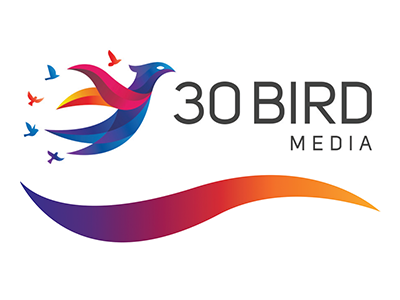 |
CompTIA Cloud+ CV0-003 Exam Prep |
1.00 |
Exam Prep to accompany 30 Bird's CompTIA Cloud+ CV0-003 course. |
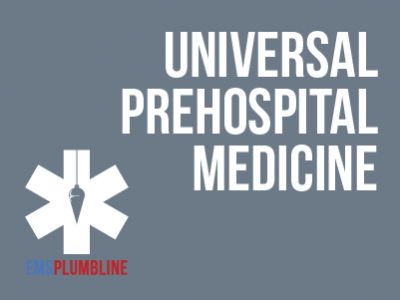 |
Head Trauma Interviews: Lesson 1 |
1.50 |
Lauren Wittman RN, BSN, CCRN-CMC, sits down to discuss some of the fundamental components of brain and skull Anatomy and Physiology with Jonathan J. Stone, M.D. . As the discussion continues, Dr. Stone offers an in-depth look at what we can expect when secondary trauma to the brain continues to manifest. This valuable information will assist you with understanding your local protocols no matter where you are. Final Exam: This multiple-choice exam is designed to test your knowledge of the material you just reviewed. You have two attempts to gain an 75% or higher on this exam. Please take your time and answer each question carefully. |
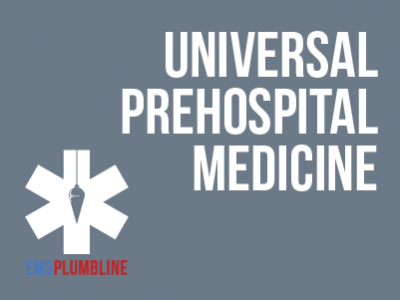 |
Popular Tourniquets |
1.00 |
Prehospital trauma care has not seen many changes that rival the advent of tourniquets. There is a lot of material that is nice to know. This lesson is a brief review of what we believe medics need to know. Successful completion of this lesson will set the stage for higher-level conversations. More importantly, we hope that you will be encouraged to practice applying the tourniquets until you have obtained true proficiency. Final Exam: This multiple-choice exam is designed to test your knowledge of the material you just reviewed. You have two attempts to gain an 80% or higher on this exam. Please take your time and answer each question carefully.
|


























